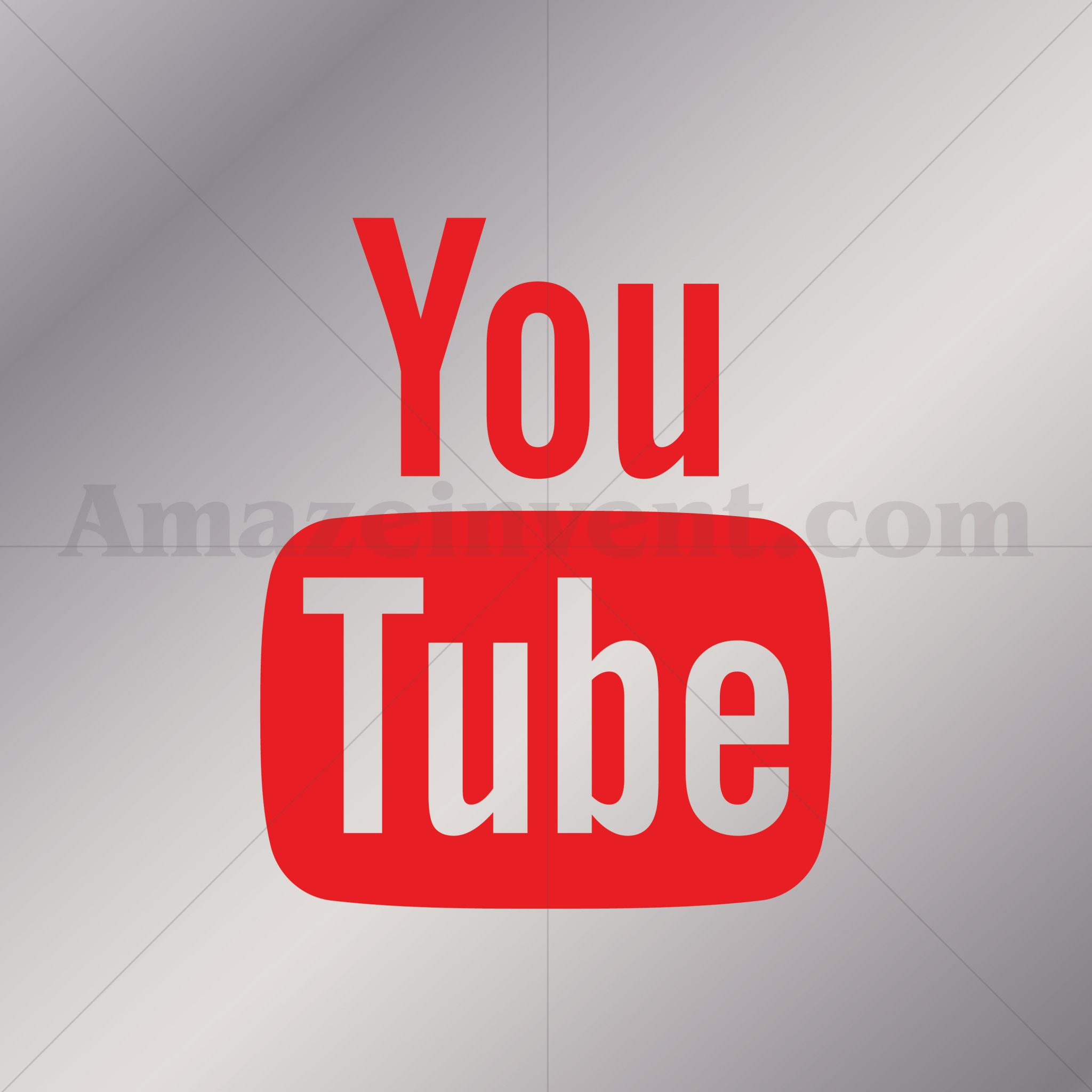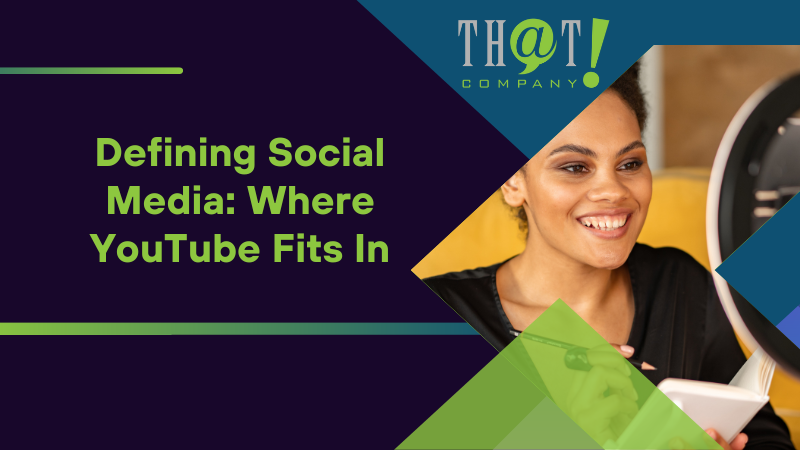In the digital age, social media platforms have reshaped the way we connect, share, and consume content. Among these platforms, YouTube stands out as a giant, hosting millions of videos and billions of users. But is YouTube truly a social media platform, or is it just a video-hosting website? In this blog post, we’ll explore the nuances of
Defining Social Media

Social media is a term that captures a wide range of online platforms that facilitate user interaction, content sharing, and community building. But what exactly makes a platform "social media"? Here are some defining characteristics:
- User-Generated Content: Social media thrives on content created by users. This can include text posts, images, videos, and more. Platforms like Facebook and Instagram allow users to share their personal stories, while YouTube enables users to create and upload videos.
- Interactivity: A hallmark of social media is the ability for users to interact with each other. This includes liking, commenting, sharing, and direct messaging. The level of engagement on platforms can significantly enhance the user's experience.
- Community Building: Social media platforms often foster communities. Users can join groups or follow channels that align with their interests. This aspect is crucial for creating a sense of belonging among users.
- Networking: Social media enables users to connect with people beyond their immediate social circles. This could mean connecting with like-minded individuals, influencers, or even brands.
Overall, social media encompasses a dynamic range of platforms designed to enhance social interactions and community engagement, making it an evolving and integral part of our online lives.
Also Read This: How to Install YouTube TV on Firestick and Set Up for Streaming
YouTube's Unique Features

YouTube stands out in the crowded landscape of social media platforms due to its distinctive features that cater to both content creators and viewers. Here’s what makes YouTube unique:
- Video-Centric Content: Unlike traditional social media platforms that focus on text or images, YouTube is primarily centered around video content. This allows creators to engage audiences through dynamic storytelling, music, tutorials, and more.
- Monetization Opportunities: YouTube provides several ways for creators to earn money, such as ad revenue, sponsored content, and channel memberships. This incentivizes high-quality content production.
- Algorithm-Driven Recommendations: YouTube’s powerful algorithm suggests videos based on users’ viewing habits, making it easy for viewers to discover new content tailored to their interests.
- Community Engagement: Creators can build a community through features like comments, live chats during streams, and community posts. This fosters interaction and connection between creators and their audience.
- Educational Content: YouTube hosts a wealth of educational material, from DIY tutorials to academic lectures. This makes it a valuable resource for learners of all ages.
In summary, YouTube’s combination of video content, monetization avenues, algorithmic recommendations, and community-building tools makes it a unique player in the social media arena.
Also Read This: Simple Steps to Change the Thumbnail Image on Your YouTube Channel
Comparison with Traditional Social Media Platforms
When we think of social media, platforms like Facebook, Twitter, and Instagram often come to mind. Here's how YouTube stacks up against these traditional platforms:
| Feature | YouTube | Traditional Social Media |
|---|---|---|
| Content Type | Primarily video | Text, images, short videos |
| Engagement Style | Comments, likes, shares, live interactions | Comments, likes, shares, reactions |
| Monetization | Ad revenue, memberships, super chats | Sponsored posts, affiliate marketing |
| Discoverability | Algorithm-driven video recommendations | Chronological or algorithmic feeds |
| Content Longevity | Videos can be evergreen | Posts quickly become outdated |
In essence, while both YouTube and traditional social media platforms share the goal of connecting people, they do so through different mediums and mechanisms. YouTube’s emphasis on video, community, and monetization sets it apart, making it not just a social media platform, but a versatile content-sharing ecosystem.
Also Read This: How Much Does Peacock Cost on YouTube TV? A Breakdown of Peacock’s Pricing on YouTube TV
User Interaction and Community Building
When we think of social media, one of the key elements that come to mind is interaction. YouTube is no exception; it thrives on user engagement and community creation. Through various mechanisms, users can communicate, share opinions, and build relationships.
Comments sections allow viewers to express their thoughts about videos. Many creators foster a sense of community by responding to comments, which can lead to ongoing conversations. For instance, a popular beauty vlogger might ask viewers for their favorite products, generating a lively discussion in the comments. This feedback loop not only creates a connection between the creator and their audience but also among viewers themselves.
Additionally, YouTube Live enables real-time interaction during broadcasts. Viewers can comment to ask questions or share reactions, making the experience feel more intimate and engaging.
Another facet of community building on YouTube is through subscriptions and notifications. Subscribers can opt to receive updates about new content, encouraging regular interaction with creators. Many channels also create community posts or polls to gather feedback and engage their audience in a more interactive manner.
In summary, YouTube is more than just a video platform; it’s a vibrant community where users interact, share, and connect, enhancing the overall experience for everyone involved.
Also Read This: Troubleshooting Instagram: Fixing the ‘couldn’t Create Thread’ Error
Monetization and Content Creation
Monetization on YouTube has transformed the way content creators approach their craft. With diverse revenue streams, many have turned their passion into a lucrative career. The most recognized method is through the YouTube Partner Program, which allows creators to earn money from ads displayed on their videos.
Beyond traditional ads, creators can also explore:
- Channel Memberships: Subscribers can pay a monthly fee for exclusive perks, such as member-only videos or badges.
- Super Chats: During live streams, viewers can pay to have their messages highlighted, adding a fun element to interaction while supporting creators.
- Merchandise Shelf: Many creators link their merchandise directly on their channel, making it easy for fans to support them while promoting their brand.
Content creation has also evolved, with many creators focusing on niche areas—from cooking channels to tech reviews, there’s something for everyone. This diversity means that the potential for monetization is vast, as creators can tailor their content to attract specific audiences.
In conclusion, YouTube not only provides a platform for creativity but also offers numerous avenues for monetization, making it an attractive option for aspiring content creators looking to turn their hobbies into full-time careers.
Also Read This: Income Analysis: How Much Per 10,000 Views on YouTube?
The Role of Comments and Engagement
When it comes to YouTube, the comment section is like a bustling marketplace where viewers share their thoughts, opinions, and reactions. This engagement is crucial for building a community around content. Let’s break it down:
- Building Community: Comments allow viewers to interact not only with the content creator but also with each other. This interaction fosters a sense of belonging and community. For instance, fans of a particular vlogger often discuss their favorite episodes, exchanging stories and ideas.
- Feedback Loop: Creators can gauge their audience's reactions through comments. Positive feedback can motivate content creators to produce more of what their audience loves. Conversely, constructive criticism can help them improve. For example, if viewers consistently request longer videos, a creator may adjust their format accordingly.
- Driving Engagement: Videos with high engagement rates, including comments, likes, and shares, are more likely to be promoted by YouTube’s algorithm. This means that engaging with the audience can lead to a snowball effect, increasing visibility and attracting more subscribers.
- Conversation Starter: Many creators use the comment section to start conversations. They might ask viewers to share their thoughts on a topic or respond to a specific question. This not only boosts engagement but also creates a more interactive viewing experience.
In essence, the comments section is a powerful tool that transforms passive viewers into active participants, making YouTube not just a video platform but a vibrant social media space.
Conclusion
So, is YouTube a social media platform? The answer leans toward a resounding yes. While it originated as a video-sharing site, its evolution has integrated many social media functionalities. Here are a few key points to consider:
- Interaction: From comments to likes and shares, YouTube encourages interaction among users, a hallmark of social media.
- Community Building: Channels often cultivate dedicated fan bases that engage deeply with content and each other.
- Content Creation: It empowers users to create and share their own content, blurring the lines between consumer and creator.
- Real-Time Engagement: Features like live streaming and community posts keep the conversation going and allow for immediate feedback.
In conclusion, YouTube functions as a dynamic social media platform where users can connect, engage, and share experiences in a way that goes beyond just watching videos. Whether you’re a viewer, creator, or both, YouTube offers a unique social experience that keeps us coming back for more.
 admin
admin








